Outer Space & Universe
Outer Space & Universe
Space, also known as outer space, is the near-vacuum between celestial bodies. It is where everything (all of the planets, stars, galaxies and other objects) is found.
On Earth, space begins at the Kármán line (100 km above sea level). This is where Earth's atmosphere is said to stop and outer space begins. This is not a firm boundary but is a convention used by scientists and diplomats.
Items in space are free to move back and forth; up and down; and left and right. These three dimensions are what make 3D space. Items also move forward through time, which is sometimes called the fourth dimension.
The majority of space contains very little matter and so most of it is a vacuum. Scientists do not know how big space is but we do know that space is extremely big, and is always expanding.
According to the big bang theory, all matter and energy in the Universe was compressed into a very small space. Then it exploded and started expanding. Space is still growing in size today; this means the distance from one galaxy to distant galaxies is getting longer.
Gravity is the force that keeps the Moon in orbit around the Earth and the planets in orbit around the Sun. Gravity can stretch and bend space similar to how a heavy ball placed on a stretched sheet of rubber will cause the rubber to stretch. The scientist who discovered that space can bend is named Albert Einstein. How gravity bends space is part of his theory of general relativity.
Astronauts, Cosmonauts, Taikonauts and Spationauts
An astronaut is any person who is trained by NASA to travel and perform tasks in space. Although the space traveler may not necessarily be a United States citizen, each astronaut does go through a rigorous training regiment by the National Aeronautics and Space Administration. Other space travelers go by other names then astronaut depending on their country of origin.
In the United States, astronaut is derived from the Greek words ástron (star) and nautis (sailor). While, in Russia, a space traveler goes by the name космонавт (English: cosmonaut), which is derived from the Greek words kosmos (universe) and nautis (sailor). Westerners call a space traveler from China a taikonaut, based on the 1998 writings of Chiew Lee Yik and Chen Lan where the term tàikōng (great emptiness), Chinese for “space”. In China, the term yuháng yuán (universe navigator) is used for space traveler.
Only the United States of America (United States), Russia (earlier, the Union of Soviet Socialist Republics), and the People’s Republic of China (China) have sent manned spacecraft into space. Other countries have assisted these countries by sending their own space travelers on space missions. For instance, a French space traveler is called a spationaut (from the French word spationaute), which is derived from the Latin spatium (space) and Greek nautis (sailor). (plural in Greek nautes = sailors)
-
09:19
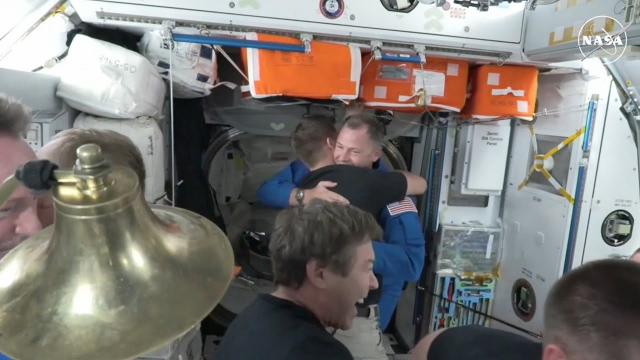
NASA's SpaceX Crew-9 enters space station after docking
Added 93 Views / 0 LikesNASA astronaut Nick Hague and Russian cosmonaut Alexsandr Gorbunov completed ingress into the International Space Station a few hours after docking on Sept. 29, 2024. Credit: NASA
-
01:33

How Do Astronauts Drink Coffee in Space?
Added 93 Views / 0 LikesSometimes coffee IS out of this world! Whether it’s sipping from the space cup or through a drink bag, learn how astronauts enjoy a cup of joe aboard the International Space Station.
-
05:05
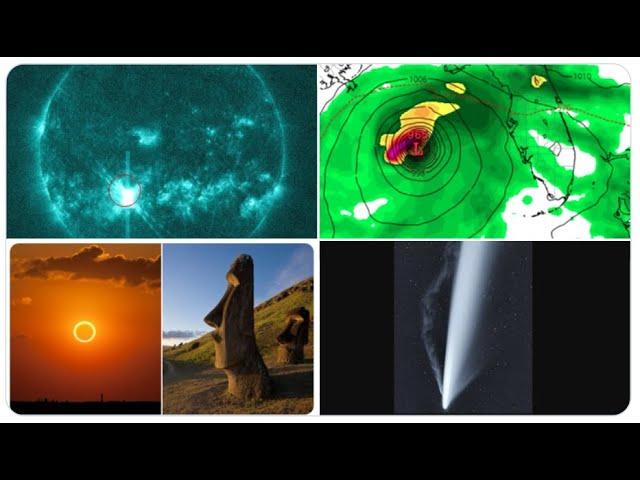
RED ALERT! Hurricane to hit Florida in a week? BIG* X-Class Flare! BIG Strike! New October Comet?
Added 93 Views / 0 Likeswow.God bless everyoneStay cool.Thttps://www.paypal.me/THORnewshttps://venmo.com/TEric-Lewisonhttps://www.patreon.com/thornews
-
03:29

Starship | Fifth Flight Test
Added 93 Views / 0 LikesStarship’s fifth flight test lifted off on October 13, 2024, with our most ambitious test objectives yet as we work to demonstrate techniques fundamental to Starship and Super Heavy’s fully and rapidly reusable design.And on our first try, Mechazilla caug
-
02:52
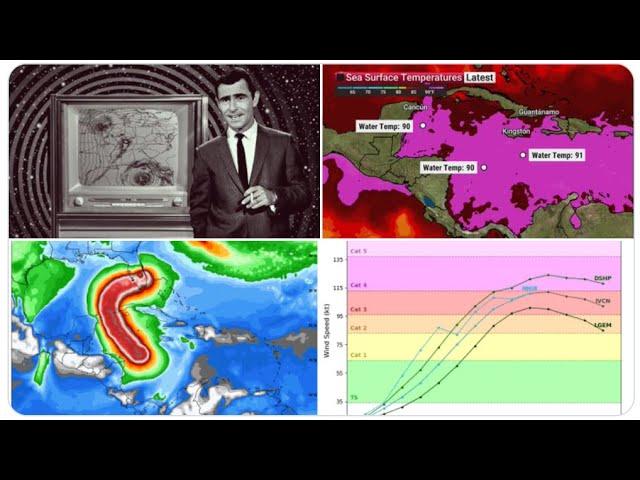
RED ALERT! Hurricane Sara to hit Florida in 8 days?!*
Added 93 Views / 0 Likesmaybe. def maybe.God bless everyone,Thttps://www.paypal.me/THORnewshttps://venmo.com/TEric-Lewisonhttps://www.patreon.com/thornews
-
01:39
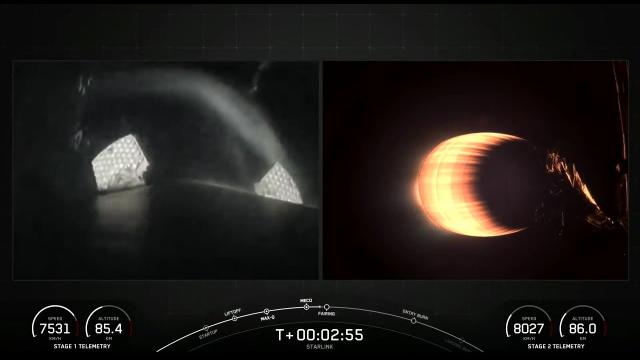
SpaceX launches Starlink batch to complete 1st direct-to-cell constellation
Added 93 Views / 0 LikesA SpaceX Falcon 9 rocket launched 20 Starlink satellites from California's Vandenberg Space Force Base on Dec. 4, 2024 at 10:05 p.m. EST (7:05 p.m. local California time; 0305 GMT on Dec. 5). Thirteen of the newly launched satellites are capable of beamin
-
01:01
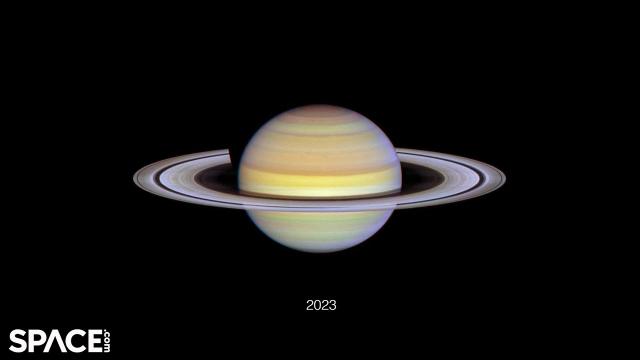
See Saturn's rings tilt in amazing Hubble Space Telescope time-lapse
Added 93 Views / 0 LikesHubble Space Telescope imagery of Saturn, captured from 2018-2024, has been time-lapsed. Footage courtesy: NASA, ESA, Amy Simon (NASA-GSFC), Michael H. Wong (University of California) | edited by Space.com's Steve Spaleta (https://www.instagram.com/spalet
-
01:07
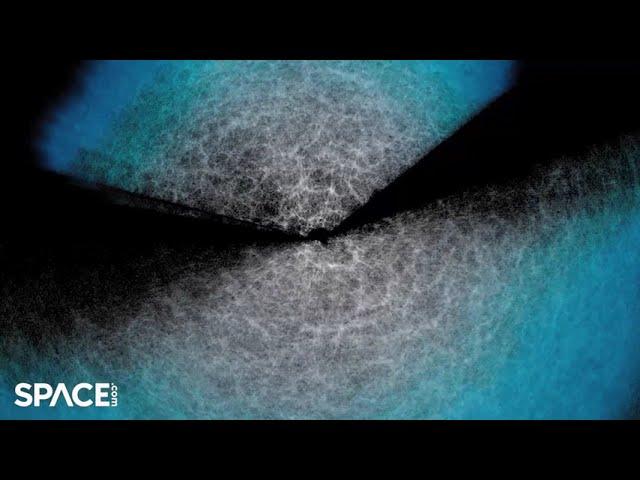
Largest 3D map of our universe to date created using Dark Energy Spectroscopic Instrument
Added 93 Views / 0 LikesThe Dark Energy Spectroscopic Instrument (DESI) mounted on the Nicholas U. Mayall 4-meter Telescope at Kitt Peak National Observatory has been used to create the largest 3D map of our Universe to date. Full Story: https://www.space.com/the-universe/dark-e
-
02:45
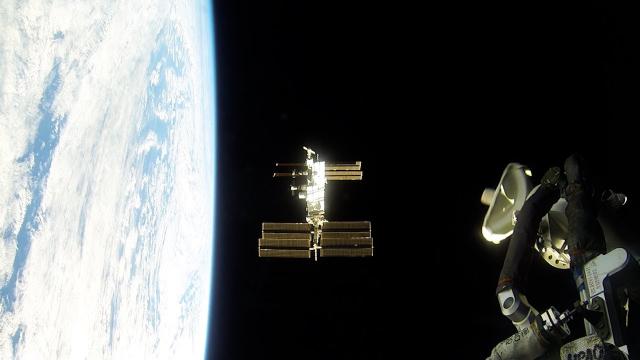
ISS@25: Accomplishments
Added 92 Views / 0 Likes“Spaceflight is a team sport,” astronaut Josh Cassada says as he joins Space Station Researcher Gioia Massa and Space Station Deputy Program Manager Dana Weigel in highlighting some of the ways the orbiting laboratory helps NASA advance technology and imp
-
04:38

How do spacecraft orbit Earth? Angular momentum explained by NASA
Added 92 Views / 0 LikesHow is it possible for the ISS to stay in orbit? Learn more about the science behind orbiting Earth and more in this NASA "STEMonstrations" video. Credit: NASA Johnson Space Center
-
00:30
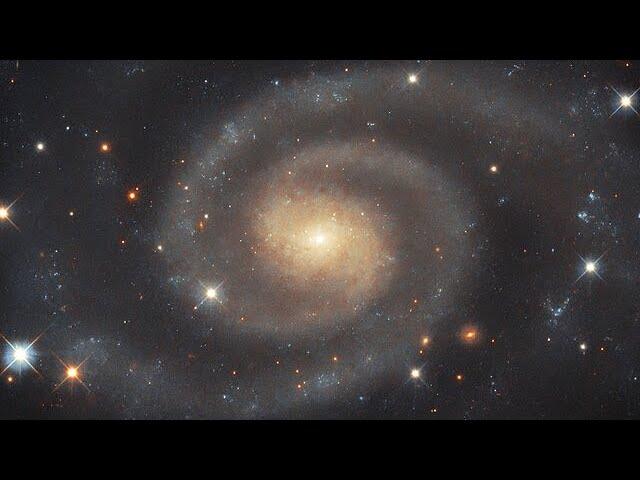
Pan: Dim, but still distinct
Added 92 Views / 0 LikesA spiral galaxy, with two prominent arms that are tightly wound around the brighter core. The arms disperse into a wide halo of stars and dust at their ends, giving the galaxy an oval shape. It is flanked by a number of bright stars in the foreground, eac
-
05:24
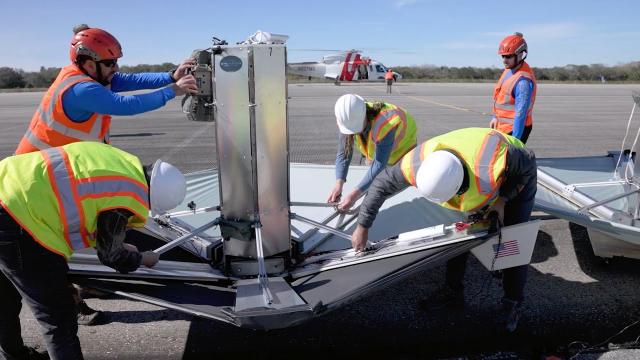
Sierra Space 'Ghost' to 'return objects' to Earth
Added 92 Views / 0 LikesSierra Space is developing a "low beta reentry vehicle" to "safely return objects from space – and through space – directly to precise locations on Earth." Credit: Sierra Space
-
01:14
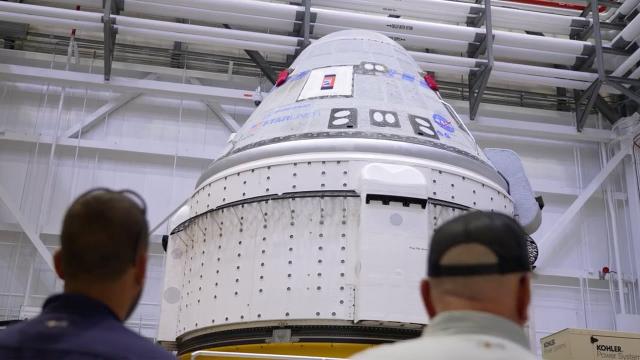
Boeing Starliner on the move at NASA ahead of 1st astronaut mission!
Added 92 Views / 0 LikesBoeing's Starliner rolled towards its Atlas V rocket at NASA's Kennedy Space Center on April 16, 2024. The spacecraft was integrated to the rocket later that day for its first launch with astronauts no earlier than May 4, 2024. Credit: BoeingMusic:Impact
-
00:30
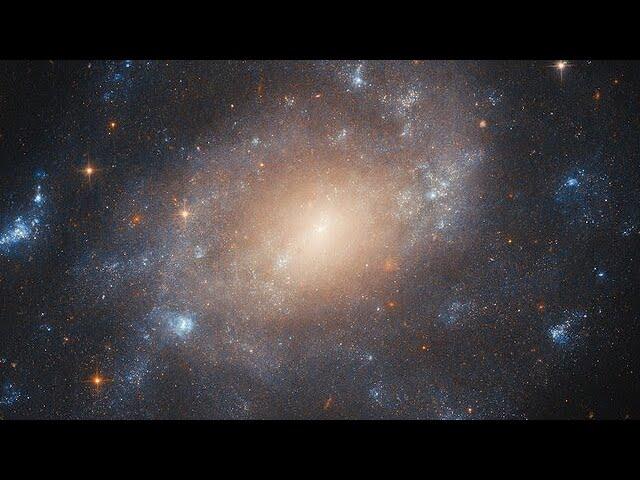
Pan: Captured on glass
Added 92 Views / 0 LikesThis Hubble Picture of the Week depicts the spiral galaxy ESO 422-41, which lies about 34 million light-years from Earth in the constellation Columba. The patchy, star-filled structure of the galaxy’s spiral arms and the glow from its dense core are laid
-
00:35
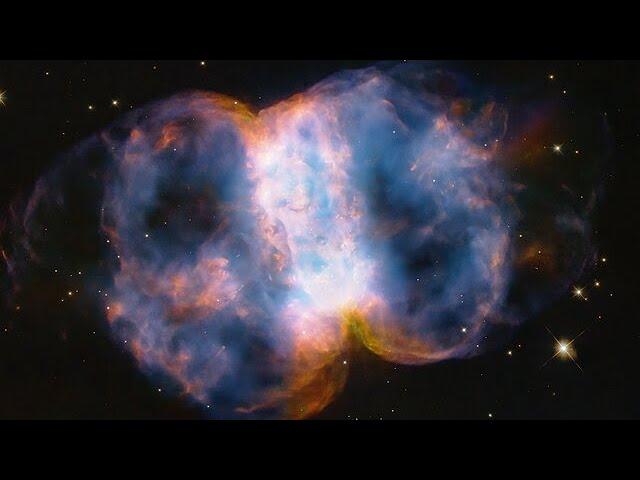
Pan: Little Dumbbell Nebula (M76)
Added 92 Views / 0 LikesIn celebration of the 34th anniversary of the launch of the legendary NASA/ESA Hubble Space Telescope, astronomers took a snapshot of the Little Dumbbell Nebula (also known as Messier 76, M76, or NGC 650/651) located 3400 light-years away in the northern
-
01:23

Zoom into Hubble’s view of Dumbbell Nebula for space telescope’s anniversary
Added 92 Views / 0 LikesThe Hubble Space Telescope is celebrating 34 years of service in 2024. See a new view of the Dumbbell Nebula to commemorate the anniversary. Credit: Space.com | NASA, ESA, STScI, A. Pagan (STScI) / Acknowledgment: D. Crowson, A. Fujii, Digitized Sky Surve
-
00:30
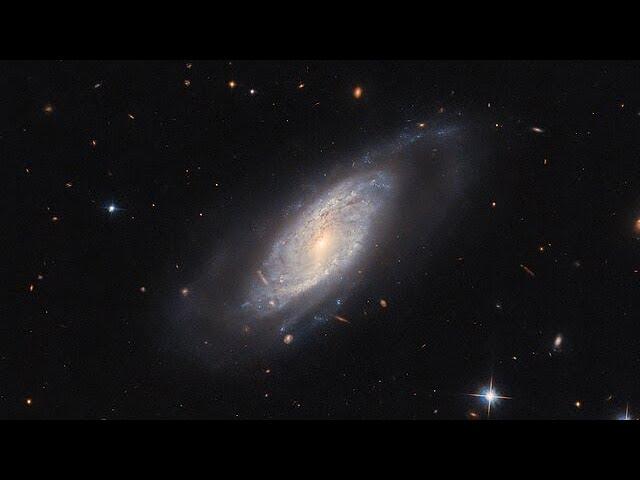
Pan: UGC 9684
Added 92 Views / 0 LikesThe celestial object showcased in this week's Hubble Picture of the Week is the spiral galaxy UGC 9684, which lies around 240 million light-years from Earth in the constellation Boötes. This image shows an impressive example of several classic galactic fe
-
19:22
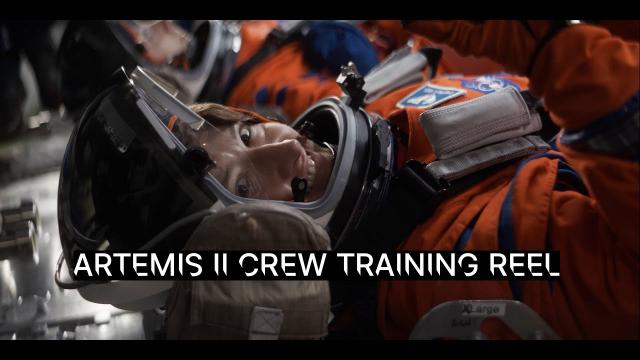
Artemis II Crew Training Reel
Added 92 Views / 0 LikesNASA astronauts Reid Wiseman, Victor Glover, Christina Koch and Canadian Space Agency (CSA) astronaut Jeremy Hansen train for their venture around the Moon. Artemis II will be NASA’s first crewed test flight of the Space Launch System rocket and Orion spa
-
01:06
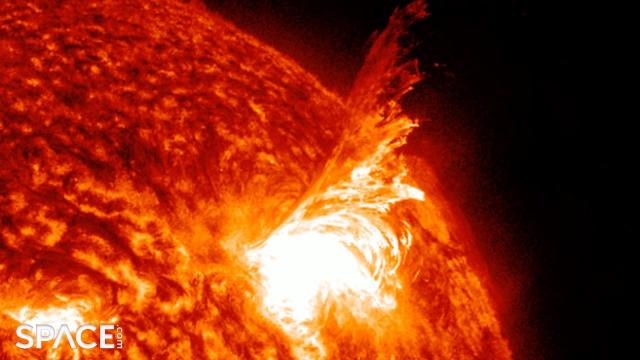
Solar flare produces amazing plasma plume that is seen by spacecraft
Added 92 Views / 0 LikesSunspot AR3691 blasted on M4.8-class solar flare that produced an amazing plasma plume on June 3, 2023. NASA's Solar Dynamics Observatory captured the fireworks in multiple wavelengths. Footage courtesy: NASA / SDO and the AIA, EVE, and HMI science teams
-
01:18

Moon sample container removed from Chang'e-6 capsule by researchers
Added 92 Views / 0 LikesChinese researchers have removed the container that is carrying the samples of the far side of the moon from the Chang'e-6 capsule. Credit: China Central Television (CCTV)
